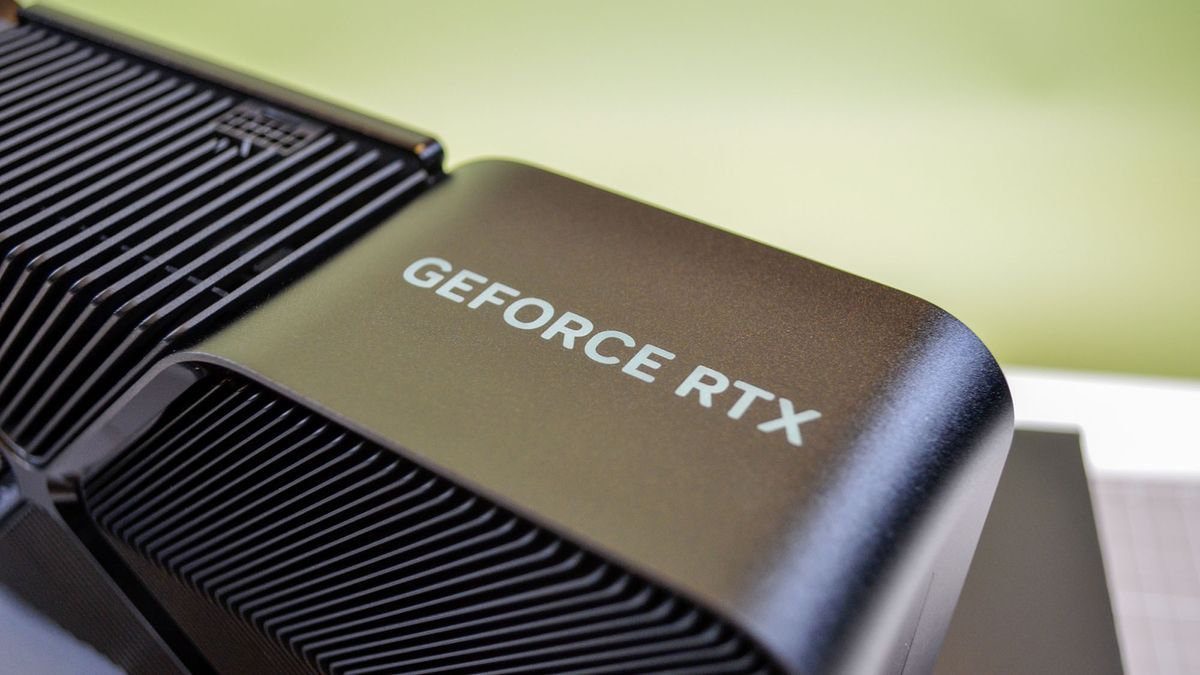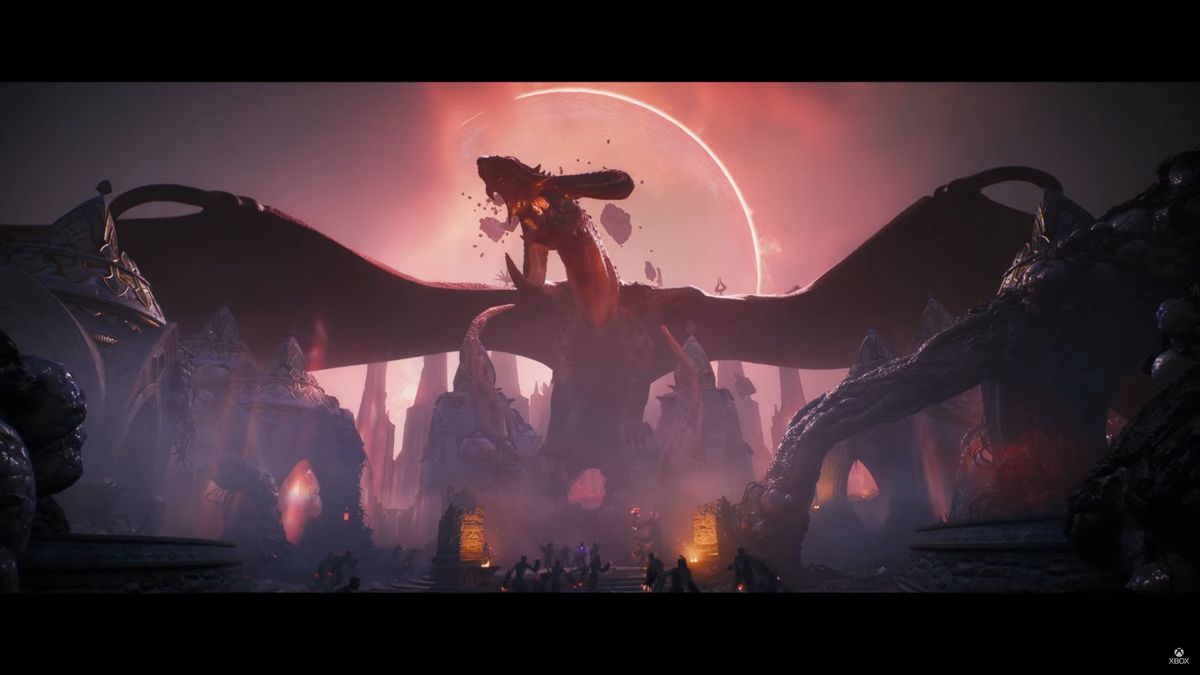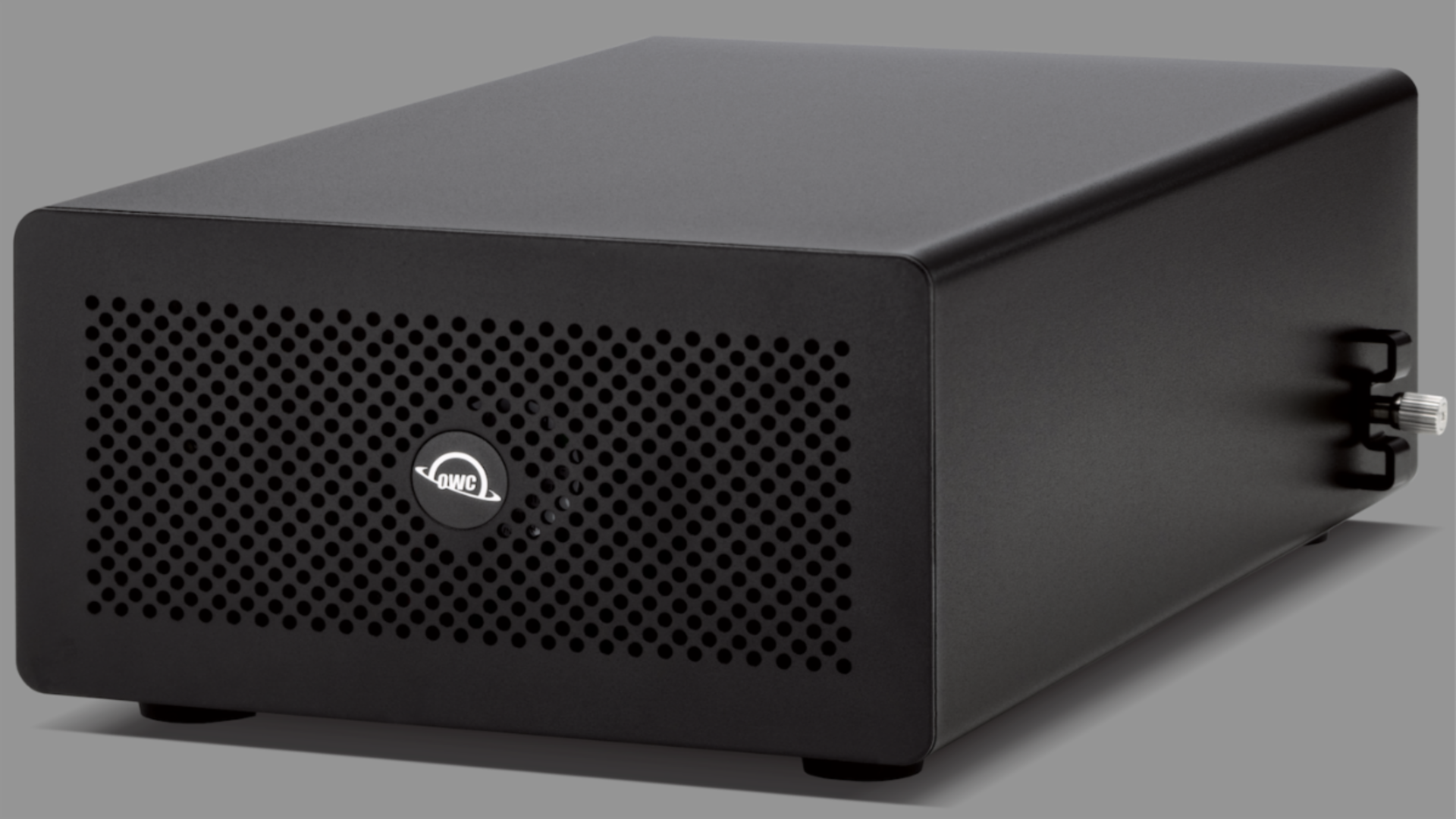A new report from the tech industry could spell bad news for players looking to invest in the future. Nvidia RTX 5090 Graphic card.
RAM costs are expected to rise by 3-8% over the next three months, according to the latest report from Trend strength (through PCN Games). This will also affect the prices of future graphics memory, so while the current list of The best graphics cards It's safe, but it could affect the suggested retail price of future cards like the Nvidia RTX 5090.
While we don't have an absolute and definitive reason for the rise in PC RAM prices, TrendForce claims that the trend is due to an increase in server demand, likely due to the rapid growth in data center and AI server orders.
For VRAM on current-generation graphics cards, demand is either stable or declining, so existing stock is more than enough to meet demand. Therefore, only new GPUs entering production that use GDDR7 memory will be affected. Additionally, TSMC is preparing to raise prices to take advantage of Nvidia’s ever-increasing profits, and while this won’t directly impact memory prices, it will contribute to GPU cost increases.
There is a silver lining, however, as projected price increases for RAM have been much lower than initially expected, especially compared to Q2 and Q3 2024. This is due to both high existing inventory levels, stable or declining consumer demand, and fewer manufacturing issues that plagued previous quarters.
What this means for Nvidia
While a 3-8% price increase doesn't sound like much, that increase applied to a premium graphics card like the Nvidia RTX 5090 would make a card that's already expected to be extremely expensive even more so.
This could be bad news for Nvidia's graphics card sales, as it could further alienate buyers. If Nvidia wants to maintain its market dominance, the smart thing to do would be to slightly reduce its profit margin and keep its recommended retail price as originally planned.
And it would be a shame if the RTX 5090 fell by the wayside, as it looks like it will be built with some very impressive technology. For example, Micron GDDR7 VRAM It will feature speeds of up to 32Gb/s and up to 1.5TB/s of bandwidth, which the manufacturer claims is 60% more bandwidth than GDDR6. It is also claimed to have a 50% improvement in energy efficiency compared to GDDR6.
The RTX 5090 boasts over a 30% improvement in gaming frames per second (both ray tracing and rasterization) on average across 1080p, 1440p, and 4K resolutions. The improvement for 4K in particular will be more pronounced, and ray tracing at 4K (maxed out at Ultra details) should see a massive 3x jump over GDDR6 according to Micron (with a 50% increase over GDDR6X).
Whatever happens, let's hope this memory price increase doesn't ruin the fun for many gamers.









